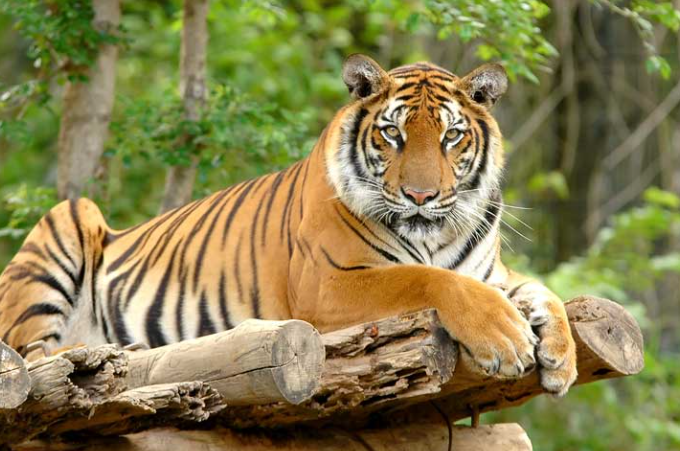The Majestic Royal Bengal Tiger: A Treasure of the Wild
The Royal Bengal Tiger is not just a national symbol of India; it represents the rich biodiversity of our planet. Known for its stunning beauty and powerful presence, this magnificent creature is crucial to the ecosystems it inhabits. Understanding and protecting these tigers is vital for maintaining the health of our environment and the balance of nature.
Habitat and Range of the Royal Bengal Tiger
Royal Bengal Tigers primarily dwell in the lush forests of India, Bangladesh, Nepal, and Bhutan, with the Sundarbans mangrove forest being one of their most famous habitats. These tigers prefer areas that provide dense cover and a nearby water source, as they are excellent swimmers and often hunt in both wetlands and forests. Unfortunately, habitat loss due to human encroachment and deforestation poses significant threats to their survival, making wildlife conservation efforts more important than ever.
Diet and Hunting Techniques
As apex predators, Royal Bengal Tigers play a crucial role in maintaining the health of their ecosystems. They are carnivorous and primarily hunt large ungulates such as deer and wild boar. These tigers possess exceptional eyesight and a keen sense of hearing, allowing them to stalk their prey stealthily. Their hunting technique involves a mix of patience and power, often ambushing prey using the element of surprise. Understanding their diet and hunting techniques helps researchers and conservationists implement effective strategies for preserving their natural habitats.
Conservation Status and Efforts
The Royal Bengal Tiger is classified as endangered, with its population declining due to habitat loss, poaching, and human-wildlife conflict. Conservation efforts, such as the establishment of national parks and wildlife reserves, have been put in place to protect these magnificent animals and their habitats. Initiatives like Project Tiger in India aim to increase awareness and mobilize resources to ensure a sustainable future for this iconic species. Collaboration between governments, local communities, and NGOs is essential in fostering a safe environment for these tigers to thrive.
Conclusion
The Royal Bengal Tiger is not only a symbol of beauty and strength but also a vital component of our ecosystem. By learning more about these incredible creatures and supporting conservation efforts, we can help ensure that future generations have the opportunity to admire them in their natural habitats. Please consider exploring ways to contribute to wildlife conservation, whether through donations, volunteering, or simply spreading awareness about the importance of protecting these majestic animals.

